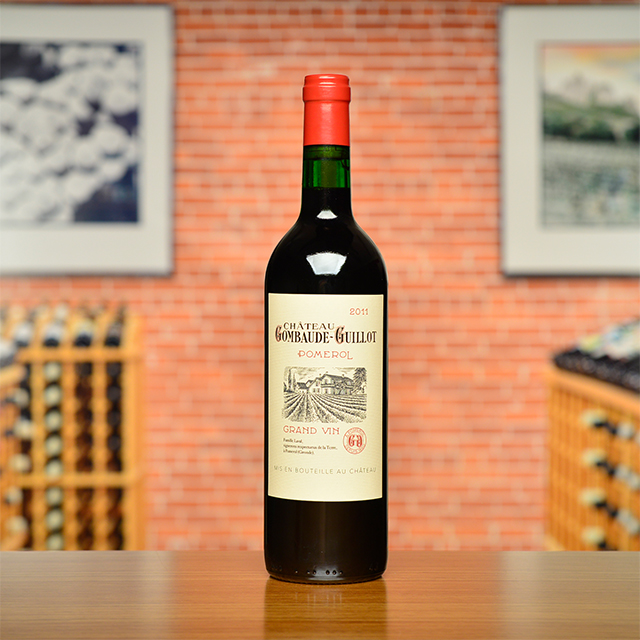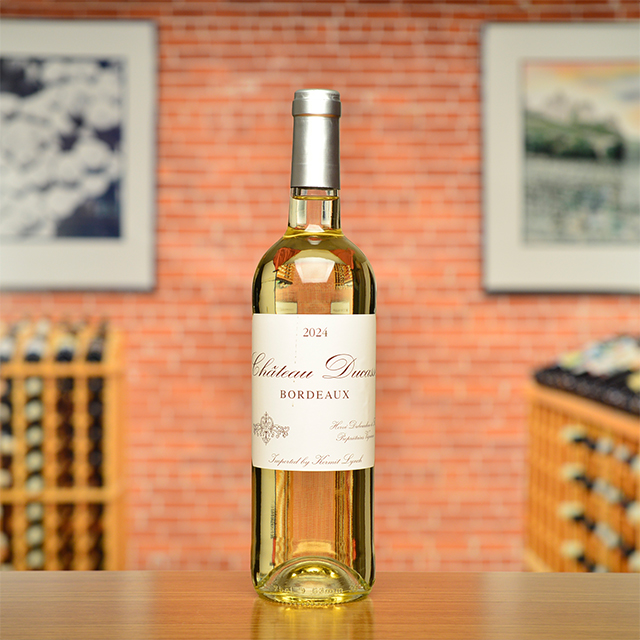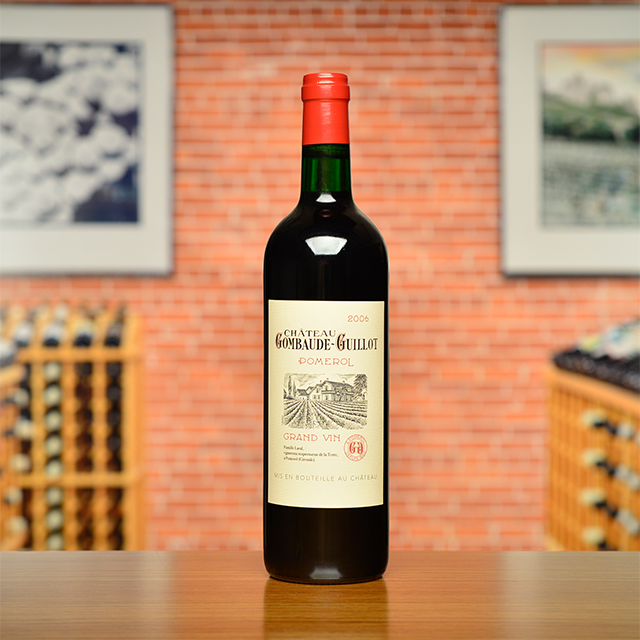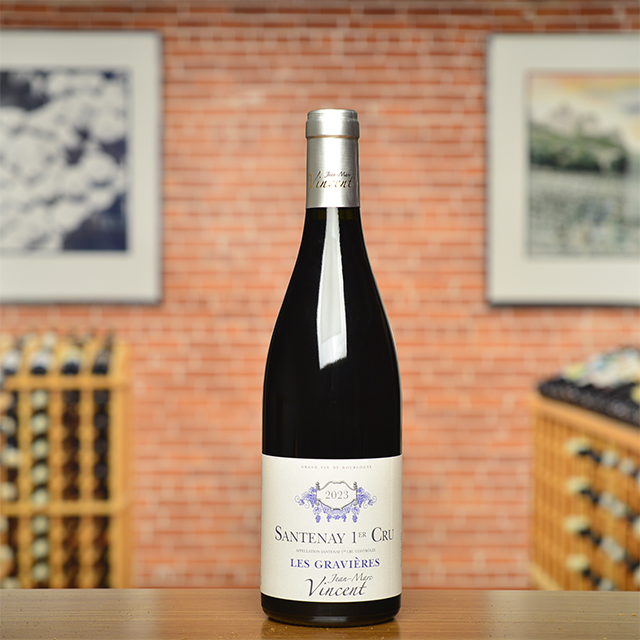Notify me
2019 Bordeaux Blanc
Château Ducasse
Sabine Dubourdieu often pairs her husband’s wine with a monkfish terrine she serves as an appetizer on hot summer nights, alongside a salad and a dollop of homemade mayonnaise. The possibilities are plentiful with this versatile wine, but I’d take Sabine’s advice and keep it simple and fresh: seafood or sushi, for example.
—Emily Spillmann
| Wine Type: | white |
| Vintage: | 2019 |
| Bottle Size: | 750mL |
| Blend: | 60% Sémillon, 35% Sauvignon Blanc, 5% Muscadelle |
| Appellation: | Bordeaux |
| Country: | France |
| Region: | Bordeaux |
| Producer: | Château Ducasse |
| Winemaker: | Hervé Dubourdieu |
| Vineyard: | 45-48 years, 13 ha |
| Soil: | Clay & Limestone on fissured rock |
| Aging: | Wine ages in stainless steel for 6 months |
| Farming: | Lutte Raisonnée |
| Alcohol: | 12% |
More from this Producer or Region

2011 Pomerol MAGNUM
France | Bordeaux
With incredible depth, power, and fine but grippingly youthful tannins, this is unmistakably Pomerol.

2011 Pomerol
France | Bordeaux
Rich, velvety texture and vivid fruit, suggesting blackberry and plum with an almost wild intensity.

2024 Bordeaux Blanc
France | Bordeaux
This refreshing, food-friendly white walks the line between racy and voluptuous. Excellent with sushi, or anything else from the sea.

2006 Pomerol
France | Bordeaux
**Extremely limited quantities, maximum three bottles per purchase.**

2019 Lalande-de-Pomerol
France | Bordeaux
Made from mostly Merlot and a splash of Cabernet Franc, this velvety rouge is approachable now despite having years of beautiful life ahead.

2019 Pomerol
France | Bordeaux
The incredible depth, power, and fine but grippingly youthful tannins are text-book Pomerol.

2020 Atlantique Blanc “Déclinaison”
France | Bordeaux
Artisanal white Bordeaux like you have never tasted before!

2016 Fronsac
France | Bordeaux
June Club Gourmand ~ There is nothing overdone in this chiseled, elegant cuvée made from organically grown and pampered Merlot.

2017 Pomerol
France | Bordeaux
The incredible depth, power, and fine but grippingly youthful tannins are text-book Pomerol

2009 Saint-Émilion Grand Cru
France | Bordeaux
**Extremely limited quantities, maximum one bottle per purchase.**
About The Producer
Château Ducasse
About The Region
Bordeaux

Often considered the wine capital of the world, Bordeaux and its wines have captured the minds, hearts, and wallets of wine drinkers for centuries. For many, the wines provide an inalienable benchmark against which all other wines are measured.
Bordeaux is divided into three winegrowing regions with the city that gives the region its name in the near geographical center. The “right bank,” or the area located east of the Dordogne River, produces wines that are predominantly Merlot with small amounts of Cabernet Franc and Cabernet Sauvignon. The “left bank” is located to the west of the Garonne River and produces wines dominated by Cabernet Sauvignon, with Cabernet Franc, Merlot, Malbec and Petit Verdot.
The third region, Entre-Deux-Mers, lies between both rivers and produces white wines from Sauvignon Blanc, Sémillon, and Muscadelle. Though technically in the left bank, it is worth noting the appellation of Sauternes, which produces arguably the world’s most famous sweet wines from Sauvignon Blanc, Sémillon, and Muscadelle as well.
Though many top Bordeaux wines are sold en primeur (in advance of their bottling) and often through a middleman known as a negoçiant, Kermit has always preferred to purchase directly from the winemaker. For more than three decades he has sought out small producers, who make classic Bordeaux wines and are willing to play outside the negoçiant system. This ethic has led to longstanding relationships, excellent prices, and perhaps most important—wines of great value and longevity.
More from Bordeaux or France
2023 Sauternes HALF BOTTLE
Château Roûmieu-Lacoste France | Bordeaux
2019 Pomerol “Clos Plince”
Château Gombaude-Guillot France | Bordeaux
2016 Canon-Fronsac
Château Moulin Pey-Labrie France | Bordeaux
2021 Bordeaux Blanc “Définition”
Domaine de l’Alliance France | Bordeaux
2024 Graves Blanc
Château Graville-Lacoste France | Bordeaux
2016 Fronsac
Château Haut-Lariveau France | Bordeaux
2019 Lalande-de-Pomerol
Château Belles-Graves France | Bordeaux
1986 Saint-Julien
Château Gruaud Larose France | Bordeaux
2019 Pomerol
Château Gombaude-Guillot France | Bordeaux
2011 Pomerol
Château Gombaude-Guillot France | Bordeaux
2017 Pomerol
Château Gombaude-Guillot France | Bordeaux
2020 Bordeaux Sec “Les Clous”
Domaine de l’Alliance France | Bordeaux
2023 Sauternes HALF BOTTLE
Château Roûmieu-Lacoste France | Bordeaux
2019 Pomerol “Clos Plince”
Château Gombaude-Guillot France | Bordeaux
2016 Canon-Fronsac
Château Moulin Pey-Labrie France | Bordeaux
2021 Bordeaux Blanc “Définition”
Domaine de l’Alliance France | Bordeaux
2024 Graves Blanc
Château Graville-Lacoste France | Bordeaux
2016 Fronsac
Château Haut-Lariveau France | Bordeaux
2019 Lalande-de-Pomerol
Château Belles-Graves France | Bordeaux
1986 Saint-Julien
Château Gruaud Larose France | Bordeaux
2019 Pomerol
Château Gombaude-Guillot France | Bordeaux
2011 Pomerol
Château Gombaude-Guillot France | Bordeaux
2017 Pomerol
Château Gombaude-Guillot France | Bordeaux
2020 Bordeaux Sec “Les Clous”
Domaine de l’Alliance France | Bordeaux
Kermit once said...

Kermit once said...
When buying red Burgundy, I think we should remember:
1. Big wines do not age better than light wine.
2. A so-called great vintage at the outset does not guarantee a great vintage for the duration.
3. A so-called off vintage at the outset does not mean the wines do not have a brilliant future ahead of them.
4. Red Burgundy should not taste like Guigal Côte-Rôtie, even if most wine writers wish it would.
5. Don’t follow leaders; watch yer parking meters.
Inspiring Thirst, page 174
















